Want Better Kitchen Shelves? A Designer’s Guide for Styling Them Right
About the Designer: Beth Diana Smith is an interior designer known for her bold, eclectic style and layered, luxury-driven spaces. Based in New Jersey and working with clients across the country, Beth blends vibrant color, custom details, and curated finishes to create homes that feel as personal as they are polished. Her work has been featured in Elle Decor, The Wall Street Journal, Business of Home, and Better Homes & Gardens.
As an interior designer, I always think about that perfect mix of form and function whenever I'm styling a space. Nowhere is that more important than in the kitchen, a space where beauty and practicality are very much part of your design story without getting in each other’s way. Regardless if you’re working with floating kitchen shelves, a built-in kitchen wall shelf, or open shelf kitchen designs, they offer prime real estate for showing off your style and keeping everything within reach.
In this post, I’m walking you through my top kitchen shelf decor ideas—tips I use with clients and in my own home. From what to display to how to edit, here’s how to organize kitchen shelves so they actually work for you.
Planning Your Kitchen Shelf Design
Before you buy one decorative bowl or pull out the cake stand, pause. Great kitchen shelf styling starts long before you add the decor. In other words, you need a plan.
1. Visualize the Layout
Start by thinking about the type of shelving you have—or want. Do you have open shelves above the countertop? A kitchen wall shelf near the stove? A mix of cabinetry and floating shelves? The layout will influence how you balance practicality with style.
Plan the layout based on functionality and aesthetics. Styling kitchen shelves should be a mix of both, especially if you’re using the space for actual storage. This is where you’ll need to ask yourself what you need versus what you want.
If you’re working with limited space or deep shelving, a kitchen shelf organizer—like risers or baskets—can be a game changer. They make it easier to access what you need while adding height and structure to your shelf design.
2. Functionality Comes First (Needs)
Once you know what you're working with, take a good look at your kitchen habits. What do you reach for daily? Where do you prep, pour, chop? Identifying your flow helps you figure out what should live where. This is a critical step that many people skip when looking up kitchen shelf ideas.
Focus on the functional items first when styling kitchen shelves. These are the items that you use the most and need frequent access to such as plates and bowls. In my experience, these pieces have to be on the bottom shelf so they’re easily accessible. Then, add serving dishes across the shelves with a heavier focus on the two bottom shelves.
3. Take Inventory and Prioritize Your Must-Haves (Wants)
Once you’ve mapped out your shelf space, it’s time to take inventory of what you already own and what you absolutely want to display. I tell clients to pull out anything that could live happily on a shelf: your favorite mugs, a wooden tray, colorful bowls, cookbooks, even a plant or two.
For me, that included the Dance Hall Queen Salt + Pepper Shaker Set, the Nguka Limoges Platter, and a couple of cookbooks. These were my must-haves, but function always wins. So, when I realized the platter was too tall to fit on the shelf, I simply styled it on the counter below. Editing is key here. Clutter is the enemy of both beauty and efficiency, so start with what matters most, then pare back until everything feels balanced.
One of my favorite kitchen shelf decor ideas is rotating in seasonal items or updating small things like linens or greenery to keep it feeling new. Open shelf kitchen designs are perfect for showcasing evolving style.
How to Style Your Kitchen Shelves
Once you’ve planned the layout and edited your pieces, it’s time for the fun part: styling. This is where you get to flex your personality and create kitchen shelf decor that feels intentional, warm, and unique to you.
Here are the steps I always follow:
Step 1: Start with the essentials (Bottom Shelf)
I like to begin by placing functional items I use daily—glasses, spices, olive oil, plates—on the most important shelf, which for me is the bottom shelf. I also work from left to right, adjusting the space between the items, checking the heights, and evaluating to see if there is anything missing or not working.
Step 2: Keep things balanced (Middle Shelf)
In this step of styling kitchen shelves, you’ll want to make sure you don’t have too many or too little items. If things do start to look like they’re spilling out of your bottom shelf, then you’ll have to shift them to the shelf above it. The middle shelf automatically gets your overflow from your bottom shelf, so fill it by following and repeating Step 1.
Step 3: Layer in personality (Top Shelf)
At this point, all your functional items should already be placed. If you have one or two essential items that no longer fit in your middle shelf, you can move them to the top shelf, but any excess should be moved to a pantry or cabinet. Bonus Tip: Don’t move them to your storage while you’re still styling your kitchen shelf. Instead, move them to the side in case you need to swap something out that’s already placed on a shelf.
Once the basics are in, I start layering in beautiful accents. This could be a sculptural vase, a handmade ceramic, framed art, or a unique object picked up while traveling. I love mixing textures like smooth glass, rough clay, metallic finishes, and woven accents to keep the eye moving.
Step 4: Leave breathing room
Once you’ve placed your items, take a step back and assess the shelves as a whole. Is there any white space? White space is a blank area that doesn’t look or feel right and throws off the balance of your shelves.
Does anything look disproportionate? Does anything look unbalanced? Maybe one section looks too heavy with objects or another feels sparse. You might also notice an imbalance in color, texture, or even height. This is where editing comes in. You wouldn’t want to leave wide blank spaces, but you also don’t need to fill every inch. A well-placed pause between pieces streamlines your shelves and prevents them from looking cluttered. It allows the eye to rest and also makes each item feel more intentional.
Step 5: Refine and rework
Even after you’ve placed all your must-haves, something might still feel a little “off.” And that’s okay. Besides, styling is rarely a one-and-done process. Often, it takes a lot of repeating the same process—stepping back, moving, mixing—before things finally click. So take this moment to reassess. Ask yourself: Is it missing texture? Does it need contrast? Maybe a color tweak or a shape that adds interest?
This step entails some mixing and testing things out to see what looks best, so be patient and take your time. Revisit the items you’ve already pulled out, and go “shopping” in your own home. I always check my top shelf or storage stash before heading out to buy new items. Often, the missing piece is already waiting somewhere else in your space.
Is there enough white space—areas that allow the eye to rest? Or does something feel off? Maybe one section looks too heavy with objects, or another feels sparse. You might notice imbalance in color, texture, or even height. This is where editing comes in. Negative space is your friend. You don’t need to fill every inch—let your objects breathe. A well-placed pause between pieces creates rhythm and makes each item feel more intentional.
Step 6: Don’t forget the countertop
Now that your shelves are squared away, it’s time to tackle the countertop underneath. Just like with shelves, form should follow function. Start by thinking about how much space you actually need for prep work and what you reach for most—maybe it’s the coffee maker, a favorite cookbook, or a fruit bowl. I like to anchor the space with a few beautiful, functional pieces like a vase, a cake plate, or a large bowl. But here’s the trick: keep it minimal. The more you have on your kitchen counter, the more cluttered your kitchen will look. So, keep items limited but strategic.
Group items in odd numbers, vary the heights, and play with depth by stacking or leaning. For example, I might layer a small print behind a stack of bowls or prop a cutting board behind a canister set.
Step 7: Do a Final Edit
This is where you take a look at everything as a whole, shelves and counters included. Does it all flow? Is there balance in height, color, and texture? Revisit the questions from earlier steps and make thoughtful adjustments where needed. Don’t rush this part—editing with intention is what takes a space from “styled” to truly elevated. And once it feels right? That’s when the magic happens.
Smart Storage Meets Style
Here’s where I bring it back to function. Kitchen shelves, especially open ones, have to pull their weight when it comes to storage. The good news is, organization doesn’t have to be hidden—it can be stylish, too.
If you’re trying to figure out how to organize kitchen shelves without sacrificing the aesthetic, here are a few of my go-to kitchen organization ideas:
- Use baskets or bins to corral smaller items like tea bags or snacks. Choose natural materials like woven sisal or wood for a warmer look.
- Incorporate tiered risers for spices or glassware to add height and accessibility—these are lifesavers when dealing with deep shelves.
- Store like with like. Keep similar items grouped together so you know where to find things quickly.
- Utilize every inch with vertical stacking. Stack plates, bowls, or even cookbooks to save space and add visual interest.
- Opt for clear containers to store grains, pasta, or snacks. It keeps things tidy and looks good at the same time.
A good kitchen shelf organizer declutters and elevates your space at the same time. Think of them as design tools, not just storage solutions.
Final Takeaway: Curate with Purpose
Kitchen shelves may be a small part of your home, but they have the power to make a big impact. When thoughtfully styled, they can transform your kitchen from purely practical to warm, personal, and inspiring. So if you’re wondering how to organize kitchen shelves, it’s always a good idea to start with purpose—whether you’re playing with a single kitchen wall shelf or rethinking your entire open shelf kitchen design.
Remember: beauty and function aren’t opposites. They’re partners. Your shelves should serve you while telling your story. So go ahead. Curate, experiment, edit—and most importantly—make it yours.
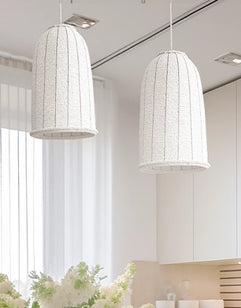
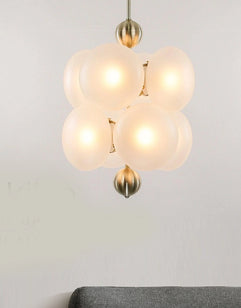
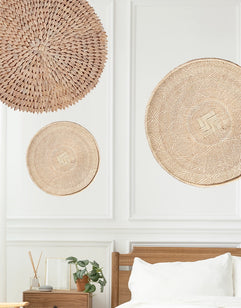
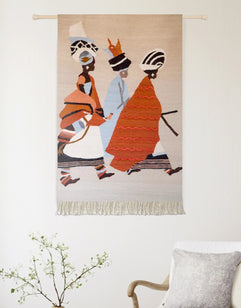
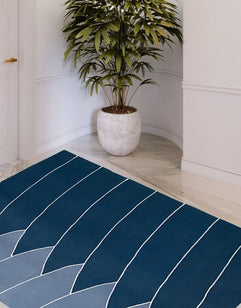
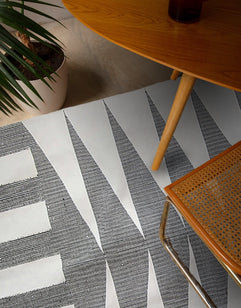
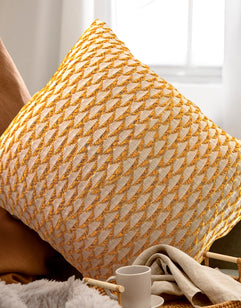
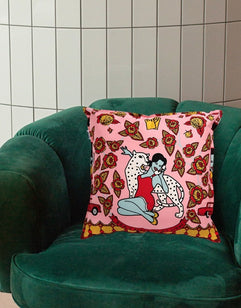
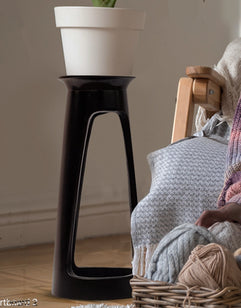
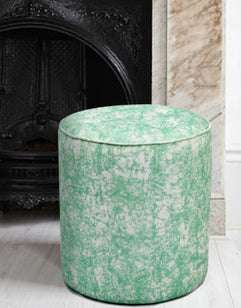
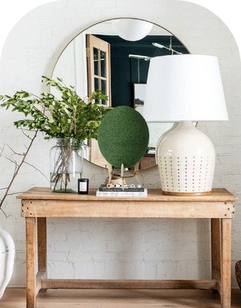
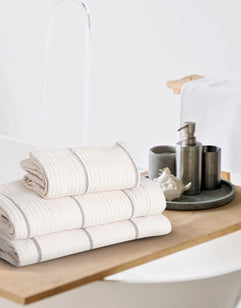
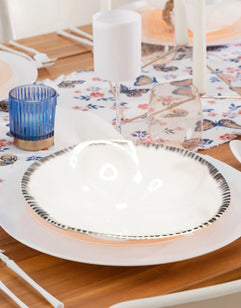
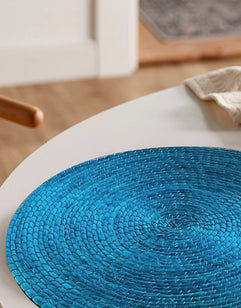
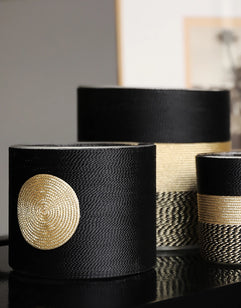
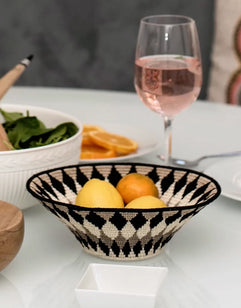
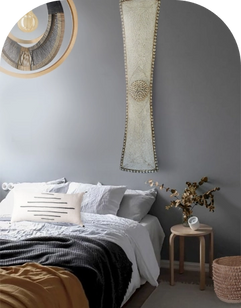
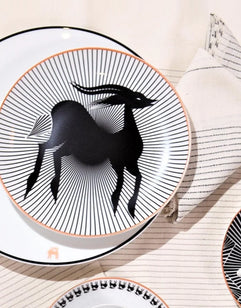
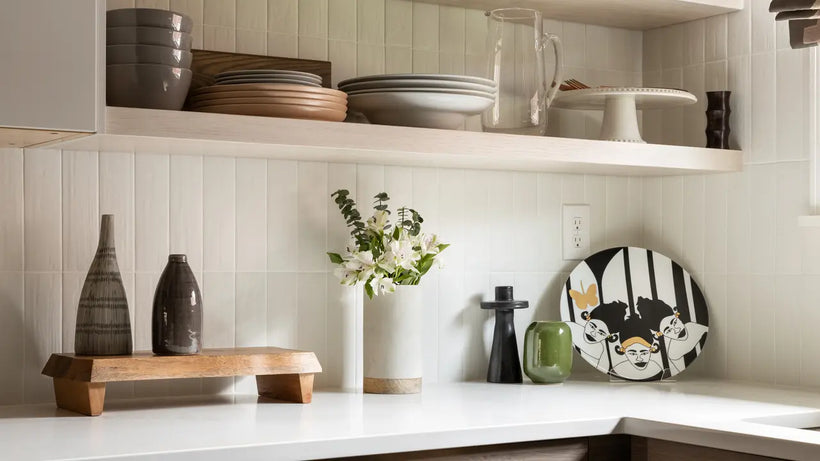

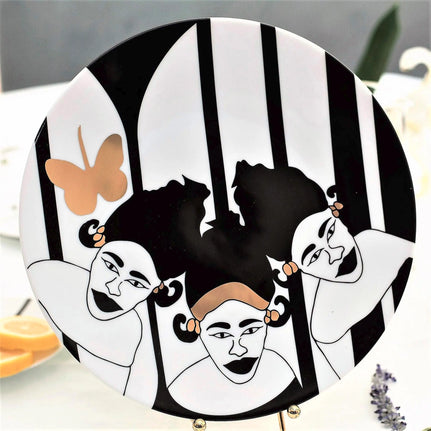
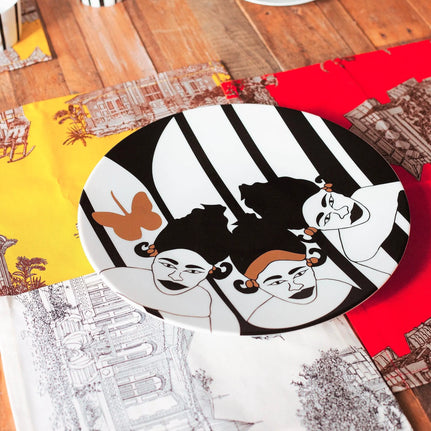
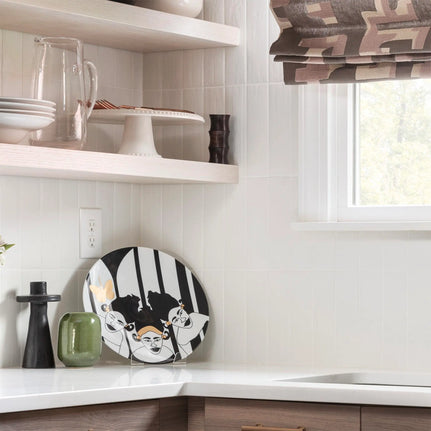
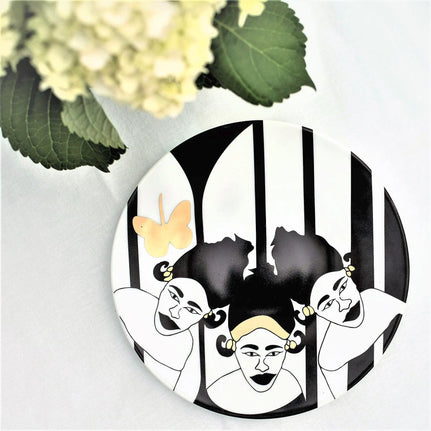
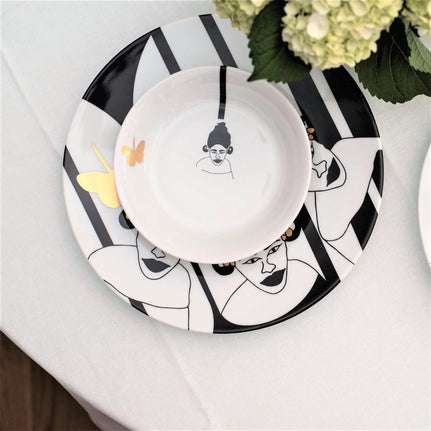
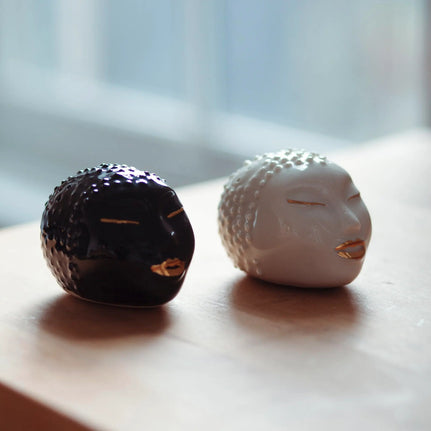
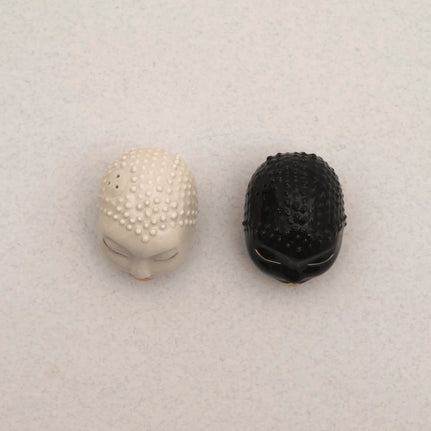
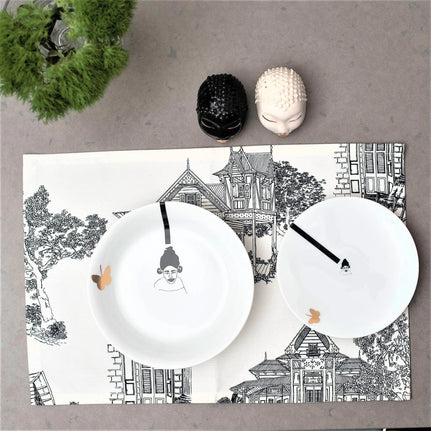
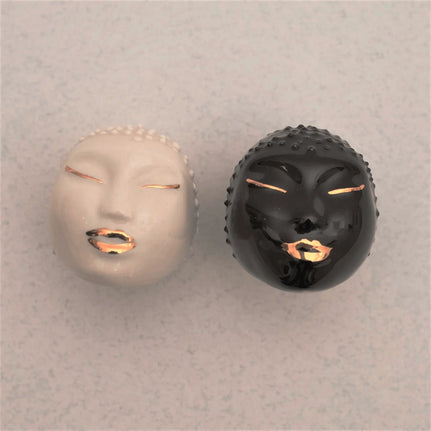
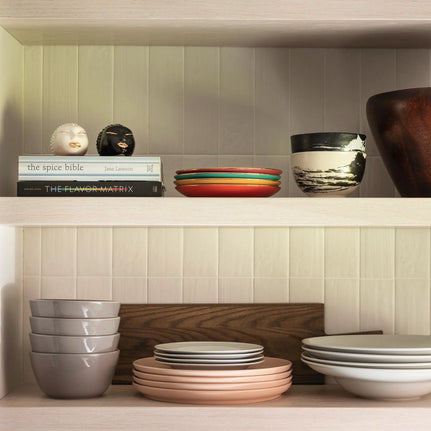
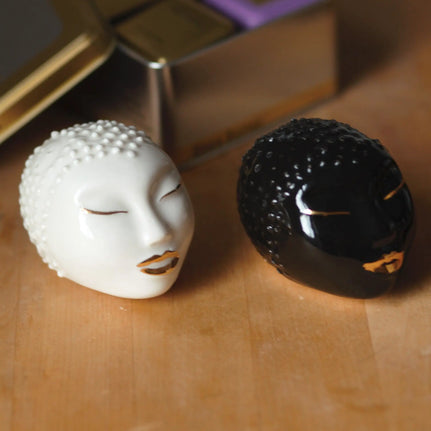
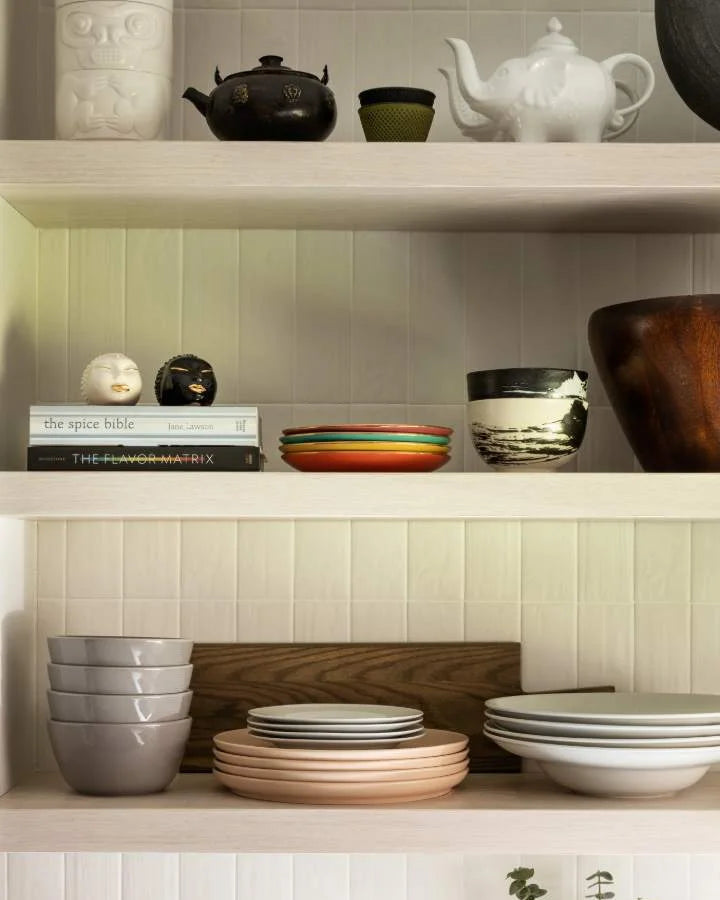
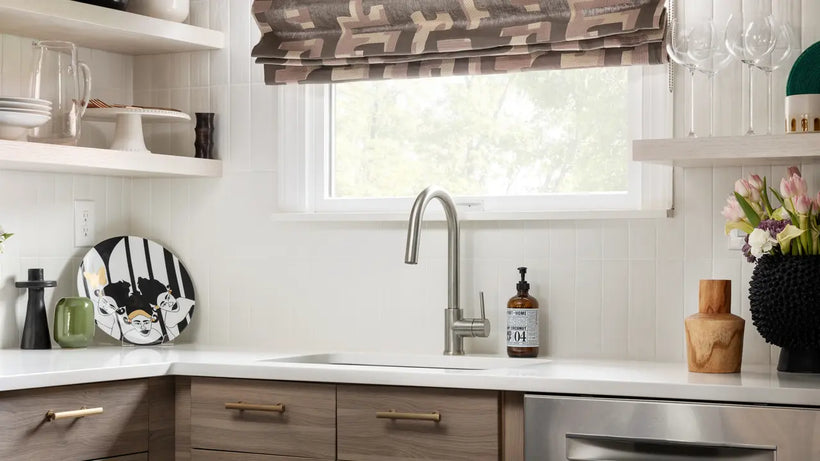
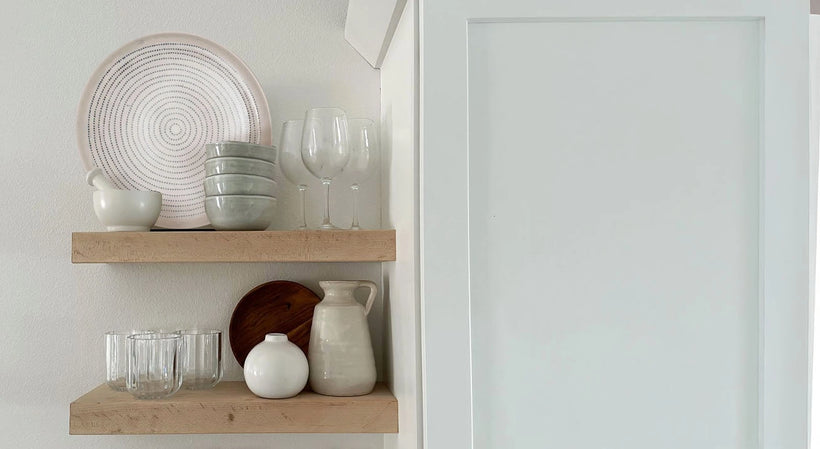

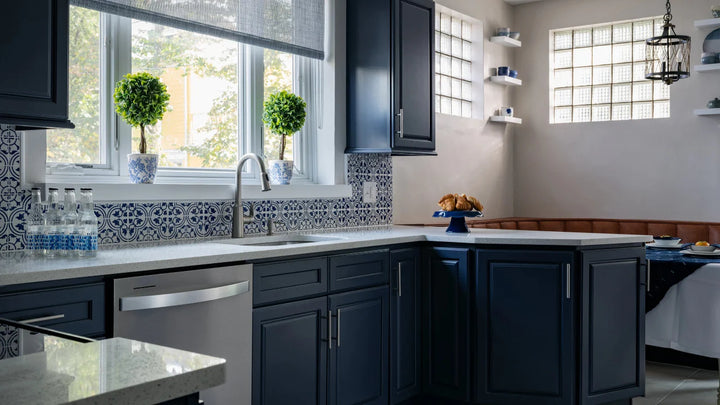

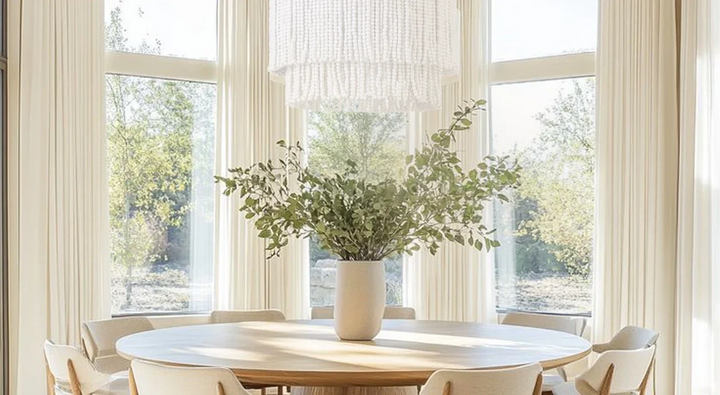
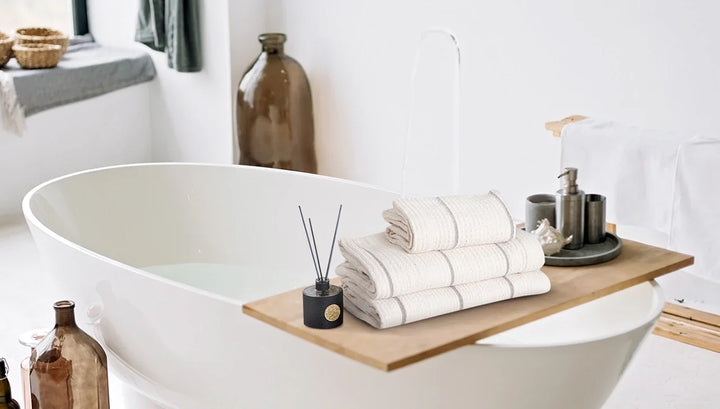




Comments